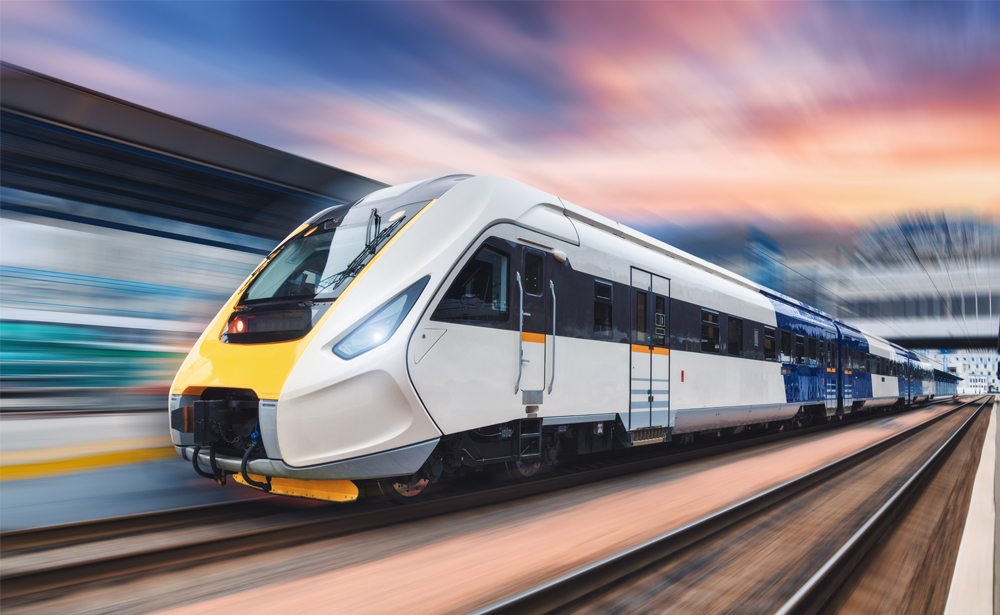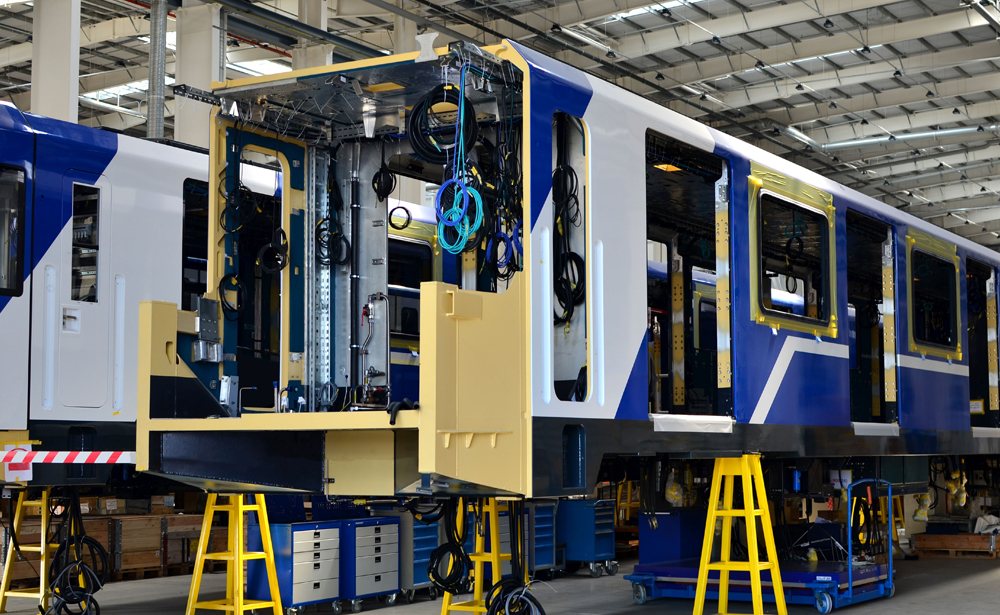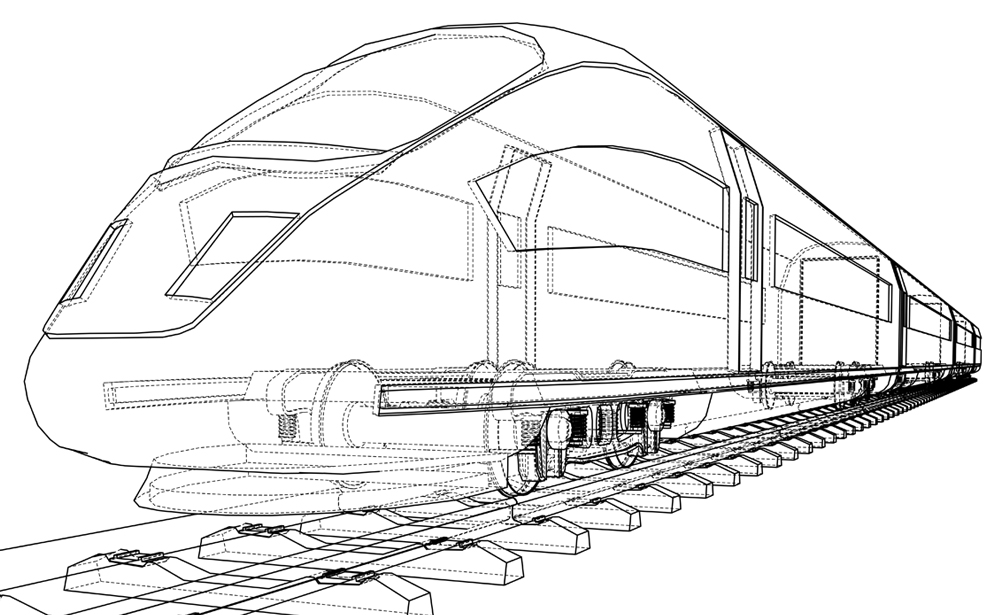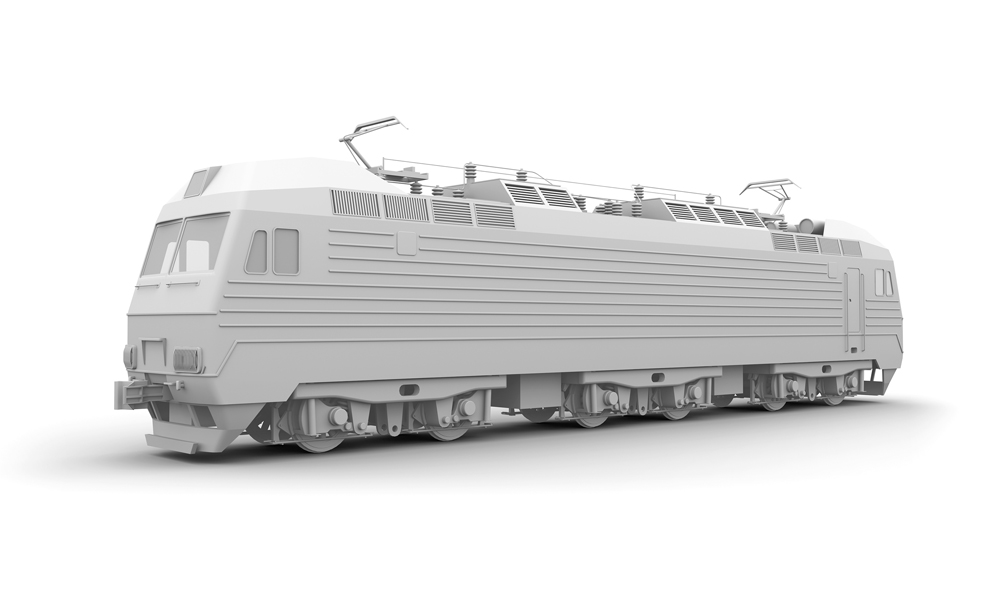
Since the first Industrial Revolution, trains have come a very long way. Railways have been the safest and most economical mode of global transportation for ages. And, in today’s world battling climate change, railways have emerged as the least-polluting mode of transport. To maintain and further enhance the safety promised for passengers & freight on trains, the rolling stock manufacturer and the rail operators have undertaken many measures over the years. These measures include interlocked signals, advancements in track allocation & collision avoidance technology, and even CCTV monitoring inside and outside the train.

However, accidents have claimed many lives despite all such measures. No matter how vast or advanced any rail network might become, the safety component of railways shall always depend on how the rolling stock manufacturers and other rail companies inherently build safety into their design. With up to 40 years to run until a rail carriage is scrapped, a lot depends on how the rolling stock manufacturers ensure that their carriages are robust, durable, and secure under all environmental and loading conditions. This guarantee of safety can never be solely assured by rail companies. This surety of safety is globally or regionally created and governed by regulatory bodies to whom passenger and freight safety is paramount. Such bodies validate the security of every train manufactured and every rail system implemented with various stringent tests and standards. However, the Original Equipment Manufacturers (OEM) in Railways are commercial companies that need to find a critical balance between how easily, quickly, and cost-efficiently their products are standardized and operationalized. Without compromising on safety, OEMs and other rail companies are always looking for unique opportunities that could solve the problems of today that stand in the way of tomorrow. They are eager to implement proven processes and newer technologies to pass such tests quickly and cost-effectively and provide the best Return on Investment (RoI) for their end customers with fewer repairs and shorter downtime.
Design Standards to define Sturdiness
Among the innumerable global rail standards, the most important ones define structural integrity.

Standards to ensure Comfort & Safety
As safety is not always limited to structural strength, some standards must also define passenger comfort and electrical & fire safety. Most of these standards focus on electromagnetic compatibility within the railway environment, which helps every train comply with electromagnetic compatibility between the railway and other electrical and electronic equipment outside the railway environment.
Physical Testing of the Rail Vehicle
Even though every part that builds a complete rail vehicle is digitally tested before they are manufactured and assembled, railway standards mandate physical testing. International Standard such as the IEC 61133 – categorizes several physical tests to be carried out on every rail vehicle manufactured before it starts transporting passengers or freight. These tests are categorized into type tests and routine tests.
Type tests are carried out to prove compliance with technical requirements as per the vehicle contracts, whereas routine tests are performed to ensure that every vehicle conforms to the design standards proven in the type tests. Type tests are undertaken on the first vehicle built to the design (unless otherwise agreed at the time of contract and included in the test plan). Routine tests are carried out on every vehicle to be delivered. Specific parameters used in the type test are selected as the test criteria for compliance of each vehicle. The maximum total distance of the trial runs to obtain necessary adjustments is generally agreed upon in the contract, especially parameters such as top speed, braking effectiveness, and more.
Optimizing manufacturing costs and time, without compromising safety
In today’s world, just like smart work is slowly but surely replacing hard work, rail companies are no longer solely dependent on their limited but pricey workforce already burdened with production backlogs. They are not just leveraging economies of scale but are also sharing their workload with trusted partners with deep industry knowledge and exceptional digital expertise.
Nowadays, all components of rail systems and sub-systems are created to the accuracy required in 1:1 scale using sophisticated 3D modeling software such as CATIA, Solidworks, NX, Creo, and more. These software applications help the rail system designers accurately visualize interfaces between other sub-systems such as electricals, traction, and TCMS sub-systems in 3D. Clash analysis is also made possible to avoid any possible interference between different sub-systems, especially with an electrical harness which is key for the safe running of the train for the intended period of service.

The car body designer must ensure that the downward deflection of the car in fully loaded condition (typically with 8 persons/m2) must remain within the allowable deflection throughout the service life. Detailed computer-based finite element calculations are carried out for the car body and all other secondary structures to ensure that the components have enough strength to withstand various static and dynamic forces acting on them when the train is in service. Also, the car body and any equipment mounted on, beneath, or within it must be designed to withstand the fatigue loads the car body structure will encounter over the design lifetime. Computer-based Structural Integrity Test Software such as ANSYS, Hypermesh, NASTRAN, and PATRAN are used to assess the structural integrity of components and sub-systems well before manufacturing them to ensure they fit the intended purpose. Apart from static analysis, simulated kinematic, dynamic, and crash analysis tests are also performed under the guidelines of GMRT 2100 using software applications such as ADAMS, Madymo, and LS-Dyna.

Even there are simulation tools to help rail vehicle manufacturers validate and prove their design in various dynamic conditions of the tracks. Designing components, sub-systems, and systems of railway vehicles in 3D environment helps avoid the need for physical prototypes in every scenario of the configurations of cars like driving a car, trailer car, and lavatory/wheelchair-enabled cars. Cutting edge technologies such as the ‘Metaverse’, augmented and virtual reality are also being actively used in rail components design and assembly to visualize the design environments.
A Partner to Make the Impossible Possible
At Quest Global, our expert engineers have time and again proven their holistic understanding of all such rail standards and tests with awards and appreciation. Our consultative approach and customized solutions ensure that all rail components from our customers or being used by our customers are carved out precisely as per the principles laid out by domestic and international safety standards.
To solve the problems of today that stand in the way of tomorrow, this is exactly how Quest Global is partnering with major rail companies worldwide. In my opinion developed with years of focused research and proven customer experience, such trusted partnerships might be the only way forward to find a delicate yet proprietary balance between operational safety, commercial sustainability, and technological progress.
REFERENCE
[1] International Railway Safety Council https://international-railway-safety-council.com
[2] International Standard IEC 61133-Railway applications – Rolling stock –Testing of rolling stock on completion of construction and before entry into service
[3] https://rdso.indianrailways.gov.in
